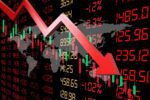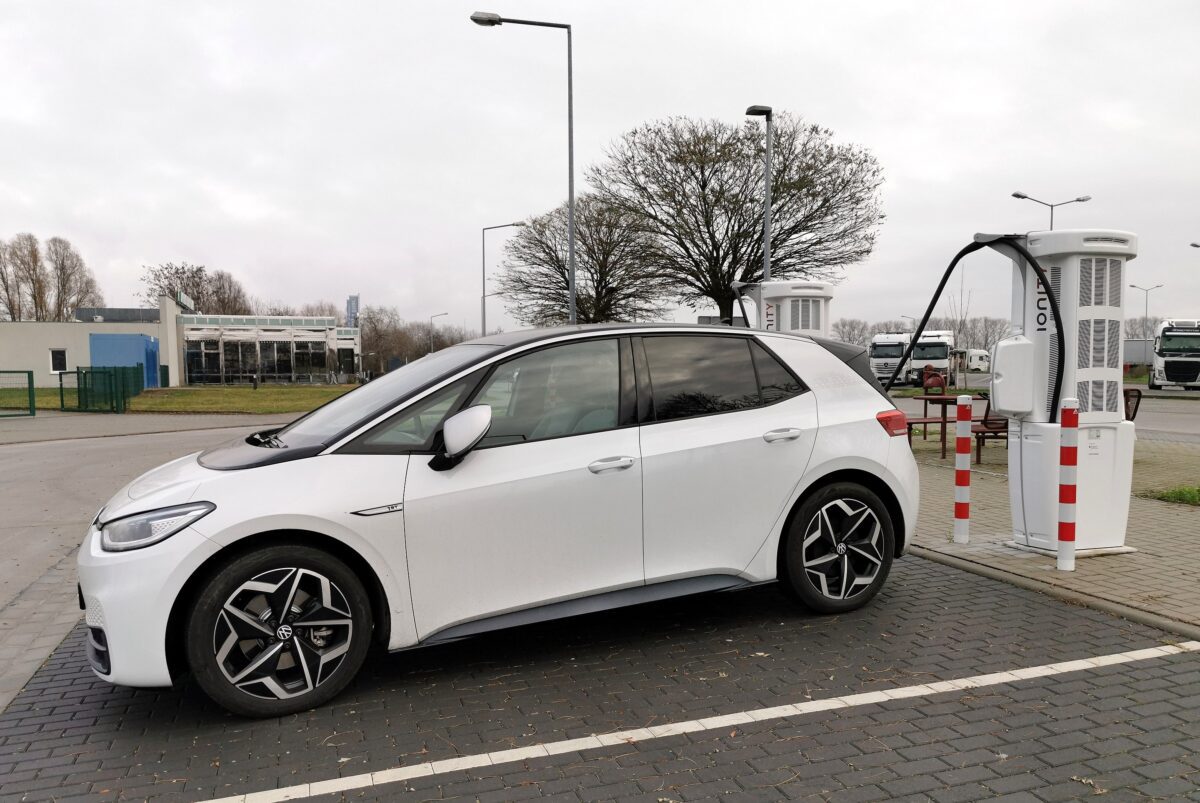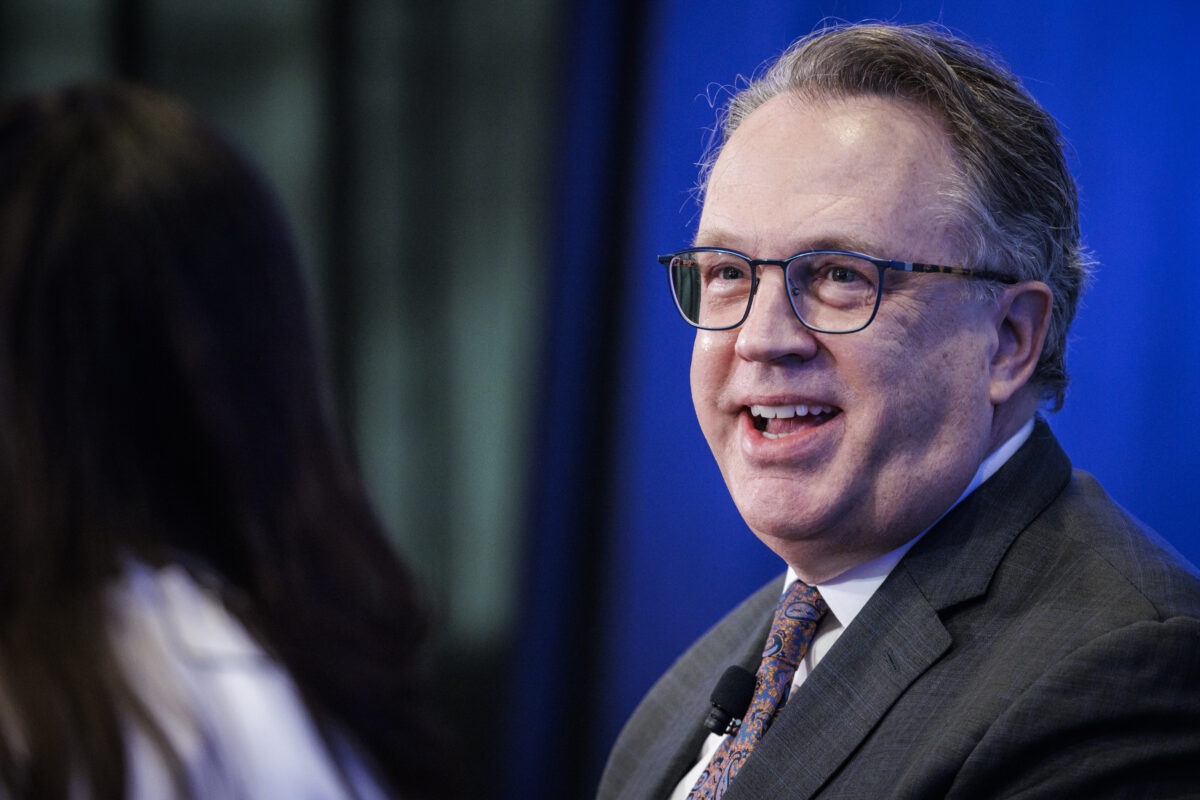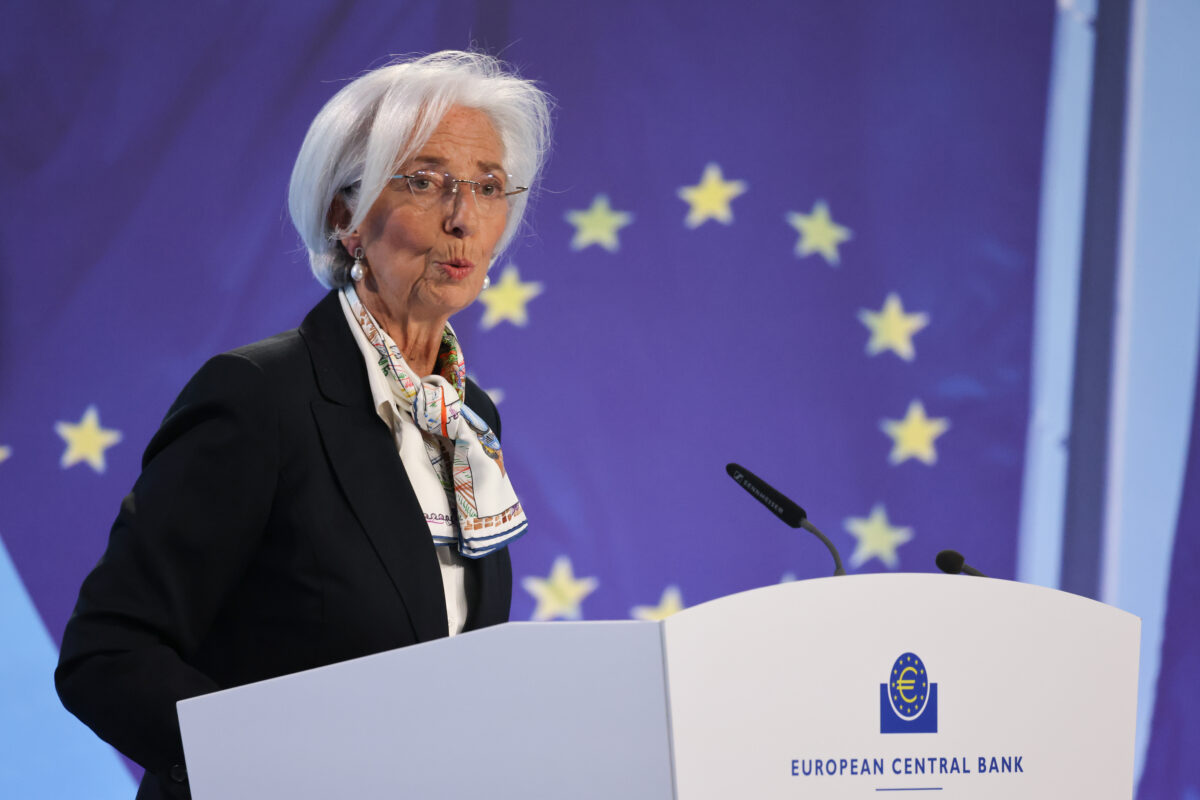FMW-Redaktion
Oft besprochen, allgemein bekannt: Laut EZB wirkt ihre Politik. Obwohl die Inflation eher fällt statt zu steigen, und derzeit sogar in die Deflation gerutscht ist, wird von Mario Draghi und seinen Experten gebetsmühlenartig wiederholt, dass ihre Politik funktioniere. Man müsse halt nur die Intensität der Maßnahmen immer weiter erhöhen, dann wirken sie irgendwann – so darf man all die Aussagen der EZB-Direktoren aus den letzten Monaten zusammenfassen.

EZB-Chef Mario Draghi. Foto: EZB
Aktuell spricht Mario Draghi vor einem Ausschuss des EU-Parlaments, und nennt ganz konkret sein Inflationsziel für 2017 und 2018. Bis dahin soll die Inflation auf 1,6% steigen, so Draghi. Naja! Liest man Draghi´s heutige Aussagen, könnte man glauben in der Eurozone herrschten aktuell paradiesische Zustände, alles laufe wie am Schnürchen, die Maßnahmen der EZB wirken von A-Z usw usw usw. So, jetzt mal genug vom „bösen Mario Draghi-Bashing“. Damit Sie sehen, dass wir uns das alles nicht aus den Fingern saugen, lassen wir den Großmeister persönlich zu Wort kommen. Ein Original-Auszug aus seiner aktuellen Rede:
–
–
As regards economic developments, the recovery of the euro area economy gained momentum at the start of the year. It is expected to proceed at a moderate but steady pace, supported by solid domestic demand and the effective pass-through of our monetary policy measures to the real economy. Consumers are benefiting from still relatively low oil prices and improved employment prospects. Likewise, investment is edging up, supported by higher corporate profits and favourable financing conditions. Looking forwards, according to the June 2016 Eurosystem staff macroeconomic projections for the euro area, annual real GDP is expected to increase by 1.6% this year and by 1.7% in the next two years.
At the same time, inflation dynamics in the euro area remain rather subdued. The rate of headline inflation was slightly negative in May and is expected to hover at low levels over the coming months. While lower oil prices continue to act as a drag on the annual headline inflation, domestic price pressures, notably from wage growth, also remain muted, reflecting persistent economic slack. According to the Eurosystem staff projections, inflation should pick up towards the end of 2016. Thereafter, inflation is expected to increase further to 1.3% in 2017 and to 1.6% in 2018, as a strengthening economic recovery mobilises unused resources.
Since the start of our credit easing measures in June 2014, bank lending rates for firms and households have fallen by about 90 and 80 basis points respectively, reaching historical lows in April 2016. The growth rate of bank credit to euro area corporations turned positive in 2015. At the same time, other sources of external finance – the net issuance of debt securities and shares by non-financial corporations – have benefited from more favourable capital market conditions, improving corporate profits and increasing retained earnings.
The easing is especially felt by small and medium-sized companies (SMEs), which are heavily reliant on bank credit. In our recent Survey on the Access to Finance of Enterprises in the euro area, SMEs continued to report a further improvement in their access to credit and an increased willingness of banks to provide credit at lower interest rates. New bank credit to companies is increasingly being used to finance investment projects.
Overall, our measures have been instrumental in putting the recovery on a more solid footing and thereby securing the conditions for inflation to rise towards levels closer to 2% over a not-too-distant horizon. They have underpinned the revival in the consumption of durable goods which we have observed since 2014, and are finally showing through in a more robust pick-up in non-construction investment.
Without our policy stimulus, both growth and inflation would be significantly lower.
–
–
Unsere Meinung: Vielleicht steigt die Inflation in der Eurozone tatsächlich bis 2018 auf 1,6%. Aber wird die EZB dann wirklich etwas dazu beigetragen haben? Ist es nicht viel wahrscheinlicher, dass die Inflationsrate nicht eher im Zuge eines erholten Ölpreises wieder ansteigt? Dann wird die Frage sein: Wozu hat man (die EZB) von 2015-2018 die Bilanzsumme der EZB um lockere zusätzliche 1,5 oder vielleicht 2 Billionen Euro erhöht? Warum? Was hat das gebracht? Bisher sind die 60 Milliarden Euro pro Monat seit März 2015 gnadenlos verpufft, wenn man sich die Inflation anschaut, die nach 15 Monaten Geldschwemme im Minus ist.
–
–
–
Quelle: EZB
Kommentare lesen und schreiben, hier klicken













Wenn in Frankreich die Arbeitsmarktreformen durchgesetzt werden, haben wir Deflation in Europa 2018. Wenn in Europa noch mehr die Löhne gesenkt werden bzw. staknieren, dann wird es auch nix mehr der positiven Teurungsrate, wenn gleich die Geldmenge inflatoniert werden wird! Vieleicht meint ja Draghi nicht die Teurungsrate, sondern er meint die Geldmenge erhöht sich bis 2018 um 1,6%.
Eine Zentralbank kann keine Inflation erzeugen, weil der Inflationsdruck aus dem Ungleichgewicht zwischen (größerer) Nachfrage und (nicht ausreichendem) Produktionspotential kommt – wenn dieser Druck vorhanden ist UND die Zentralbank das Ganze mit billigem Geld finanziert, gibt es Inflation. Wenn der Druck nicht da ist, weil das Produktionspotential mangels Nachfrage unterausgelastet ist, nützt die Geldsintflut allein auch nichts.